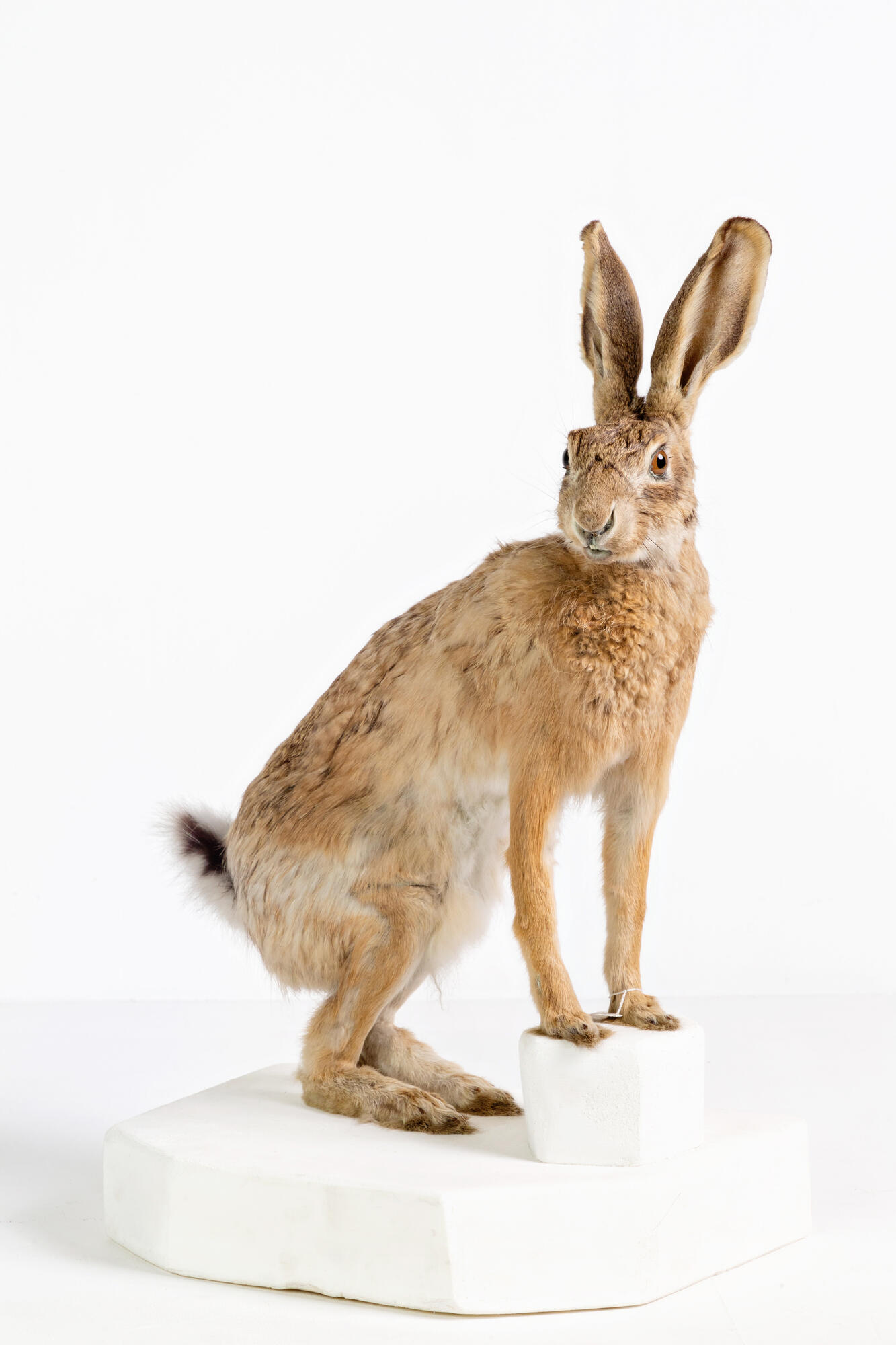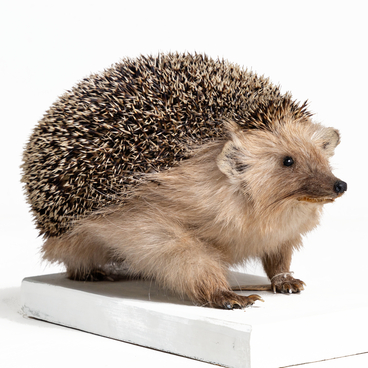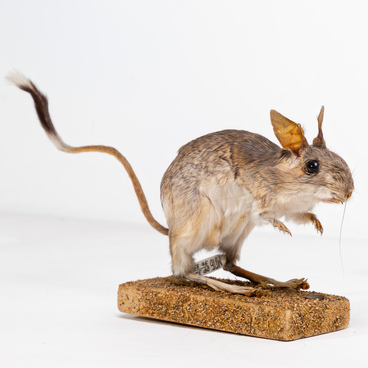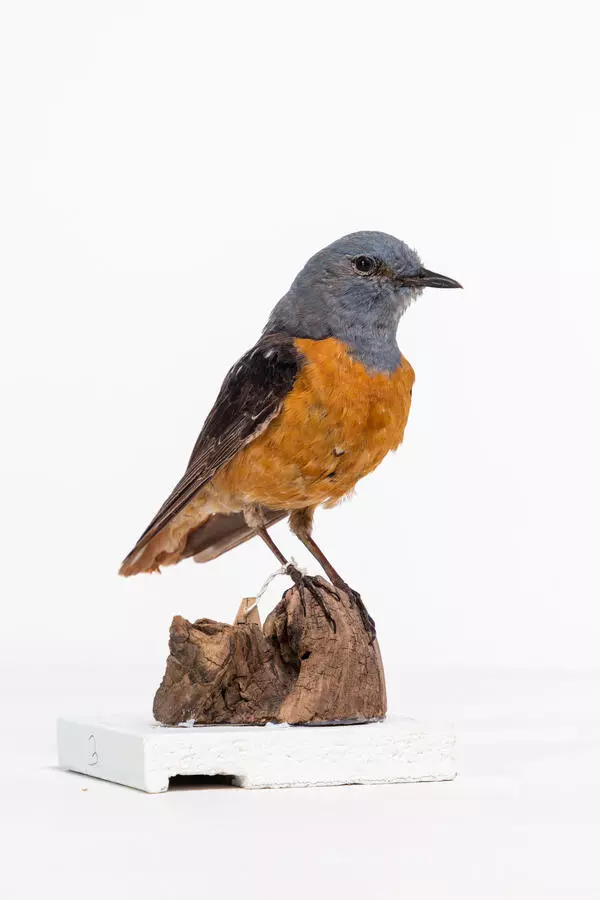The tolai hare, otherwise known as yellow souslik, is small and looks a bit like its northwestern relative, the brown hare. Usually the weight of the tolai hare is about 2 and a half kilograms. The tolai hare is distinguished by its very long, forward-curved locator ears. Their length can reach 9 to 15 inches. The hearing of this animal is more developed than other sense organs. The hare can pick up sound with one ear independently of the other, which makes it easier for it to orient itself audibly.
Tolai hare has a brownish-gray or pale-red color with a very small pattern that resembles strokes. Unlike the hare, tolai hare has no black color on the ears. In addition, the color of the hare practically does not change with the onset of different seasons. Slightly lightened coat for the winter is possessed only by hares that live in the Northern regions and high in the mountains.
Tolai hares, which live in Mongolia and Transbaikalia, are larger and lighter in color than the Central Asian representatives of this species. The tolai hare can be found in a variety of habitats. Although it is more likely to prefer desert spaces with clumps of fairly high grass or shrubs.
A distinctive feature of the hare is the long foot of its hind legs, which allows it to run away from predators (fox, owl, and wolf) at a speed of up to 80 km/h, sharply change the direction of movement, and jump to the side. A small animal can easily climb to the top of the hill, but it descends from it by rolling head over heels down.
In winter, it prefers to stay away from places where the snow is too deep. The animal’s hind legs are very narrow, which is why it constantly falls into snowdrifts.
By the nature of their food, tolai hares are similar to mountain hares. In the summer, they eat various herbaceous plants, thus preferring sedge and cereals, and often the food of the tolai hare is grass roots and plant bulbs, sometimes wormwood. In autumn, the tolai hare’s diet is dominated by branches and bark of shrubs and trees.
Usually, tolai hares feed at night and spend the day lying down. But in high-altitude areas, one can see hares feeding in the daytime or at dusk.
In Buryatia, the tolai hare is listed in the Red Book.




